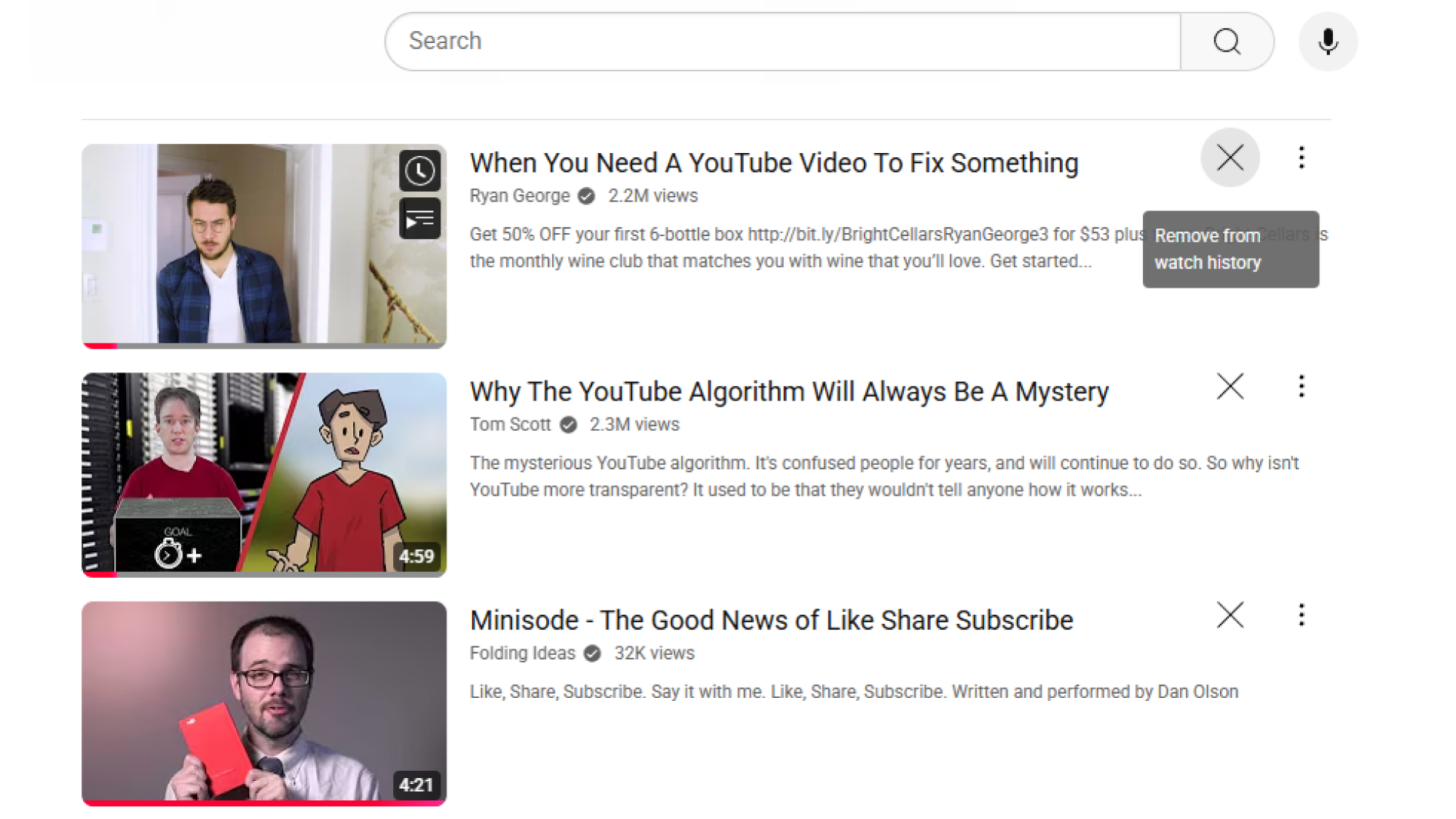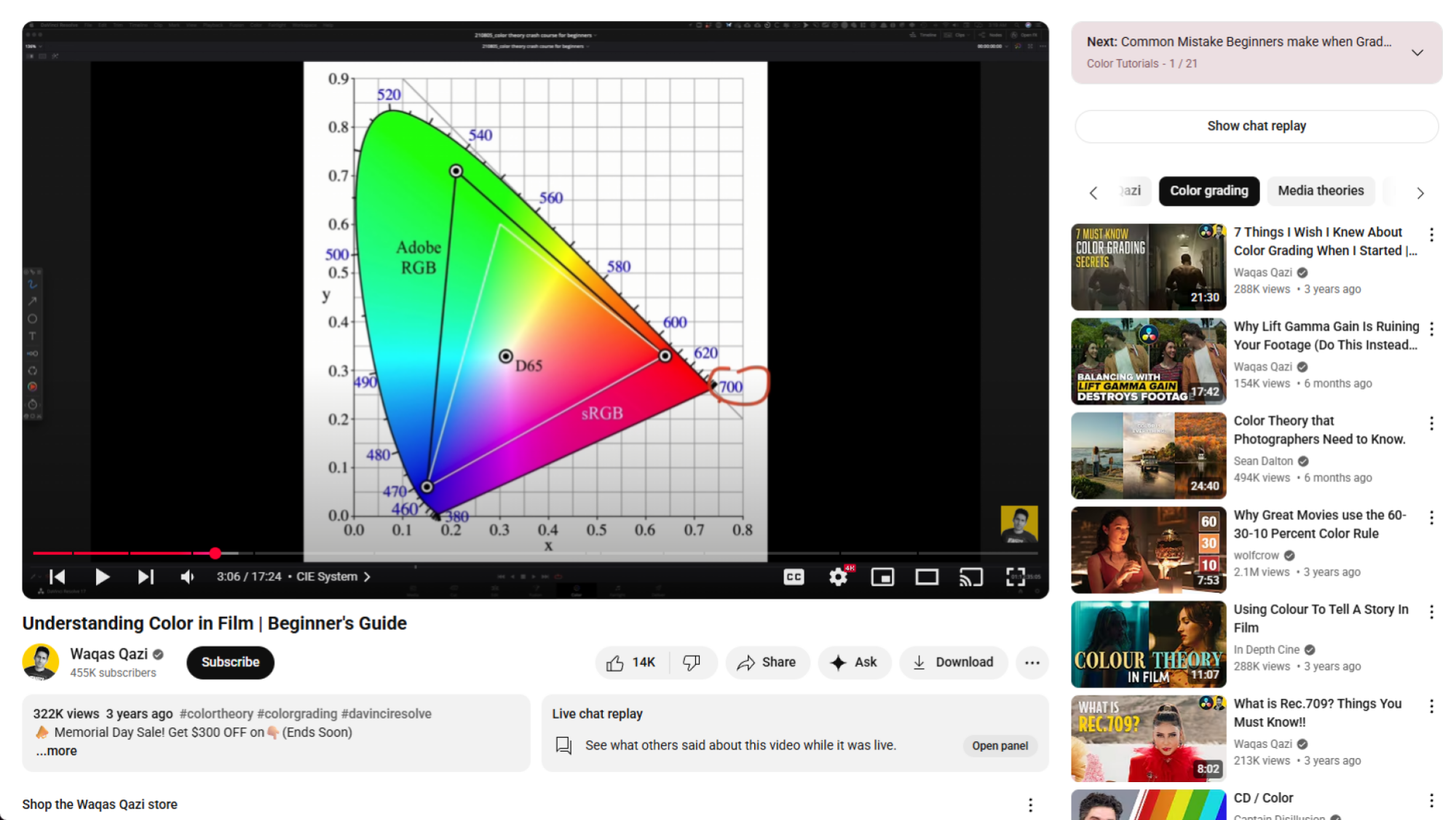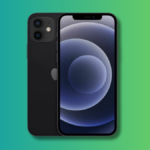Mastering Your YouTube Experience: A Guide
According to Nielsen data, YouTube ranks as the most frequently utilized streaming platform, outpacing both Disney+ and Netflix. This illustrates a significant amount of viewing time on an application that relies heavily on its algorithm for content suggestions—one that can occasionally lead viewers down an unexpected path of bizarre or extreme content. For those wishing to have a more tailored viewing experience, here are some effective strategies to refine the YouTube algorithm to your preference.
Unlike typical streaming services, YouTube does not present users with a straightforward interface for accessing shows or films. Instead, viewers must rely on the platform to surface new episodes or content. Content creators often express a desire for YouTube to implement dedicated pages for specific shows, rather than merely providing a collection of playlists.
The vast array of content on YouTube complicates the process of maintaining a focused recommendation algorithm. For instance, if a user usually engages with long-form videos but accidentally clicks on a cat video, the algorithm might mistakenly conclude that the viewer is primarily interested in cat-related content.
As the platform does not currently support context-specific browsing profiles, users need to explore every available method for exerting influence over the algorithm themselves.
Fundamentals: Engagement Features
It’s impossible to spend a few minutes on YouTube without encountering creators urging viewers to like, share, and subscribe. While these actions benefit creators, they also impact your experience. Although there is no definitive way to measure how engagement affects the algorithm (even YouTube cannot ascertain for certain), here are some essential insights:
- Utilize Likes and Dislikes for Recommendations: Rather than using these buttons as a critique of the creator’s content, consider them as tools to influence your personal recommendations. Likes indicate a desire for similar content, while dislikes do not guarantee a complete removal of a creator’s videos from your feed.
- Subscribing Does Not Equal Viewing: Subscribing to a channel is akin to giving it a “super-like.” It indicates an interest in future content but does not ensure continual visibility in your feed. To see all new uploads from channels, regularly visit the Subscriptions tab.
- Activate Notifications: Clicking the notification bell will prompt alerts for new uploads from your subscribed channels (given that notifications from the YouTube app are enabled). This greatly enhances the chances of keeping up with content you enjoy and aids creators in measuring audience engagement.
While these simple steps are useful for shaping recommendations, it’s crucial to see them in context. YouTube not only considers your stated preferences but also monitors your actual behavior. If you engage with a creator’s content but fail to watch their videos over time, the platform will adjust its recommendations accordingly.
Intermediate Techniques for Algorithm Refinement

Beyond small nudges like likes and subscriptions, are there more substantial strategies to influence the algorithm? Absolutely. Watching content will obviously impact recommendations; however, one can refine this with intentional viewing habits.
To counteract the algorithm’s tendency to aggressively promote unwanted content, access your History, locate the unwanted video, and select “Remove from watch history.” Taking this step eliminates it from both your watch history and future recommendations.
For unwanted broader topic suggestions, utilize viewing options to declare your disinterest before engaging with a video. By tapping the menu on a video’s thumbnail, you can select “Not interested” for specific videos or “Don’t recommend channel” for blocking that content altogether.
It’s essential to note that if you accidentally let videos autoplay prior to your selection, those still count as views in your watch history. This is why it remains crucial to regularly curate what appears in your History.
Advanced Tips: Using Playlists and Account Management

A feature many users wish to see implemented is a mode switcher for YouTube. The ability to maintain profiles dedicated to watching content—whether it’s deep dives into niche subjects or lighthearted cat videos—would prove beneficial. While YouTube has introduced category tags to offer some filtering options, they do not fully serve this purpose.
To address this limitation, two techniques have been developed: using playlists and switching accounts.
Utilizing Playlists
This method involves organizing videos of interest into specific playlists. When seeking out more videos on a particular theme, accessing the playlist and examining accompanying suggestions typically yields more accurate recommendations relevant to those topics.
Account Switching
For a more seamless browsing experience, switching between accounts could serve as an effective strategy. YouTube has improved its account management, allowing users to easily switch accounts via a dropdown menu. Though each account needs a separate Google profile, many users find they have several such accounts already.
This approach offers a chance to establish separate recommendation streams, thus helping users maintain distinct viewing preferences. For instance, if you utilize a secondary Gmail account primarily for junk subscriptions, switching to this account before indulging in light-hearted content keeps unwanted suggestions away from your primary recommendations. However, it’s important to note that if you have YouTube Premium for ad-free streaming, it won’t transfer to other accounts.
While these methods can enhance the viewing experience, they still cannot fully replicate the profile functionality of platforms like Netflix or Disney+. Until YouTube implements such features, these strategies can offer significant improvements to customize viewing suggestions.












